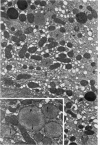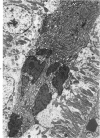Full text
PDF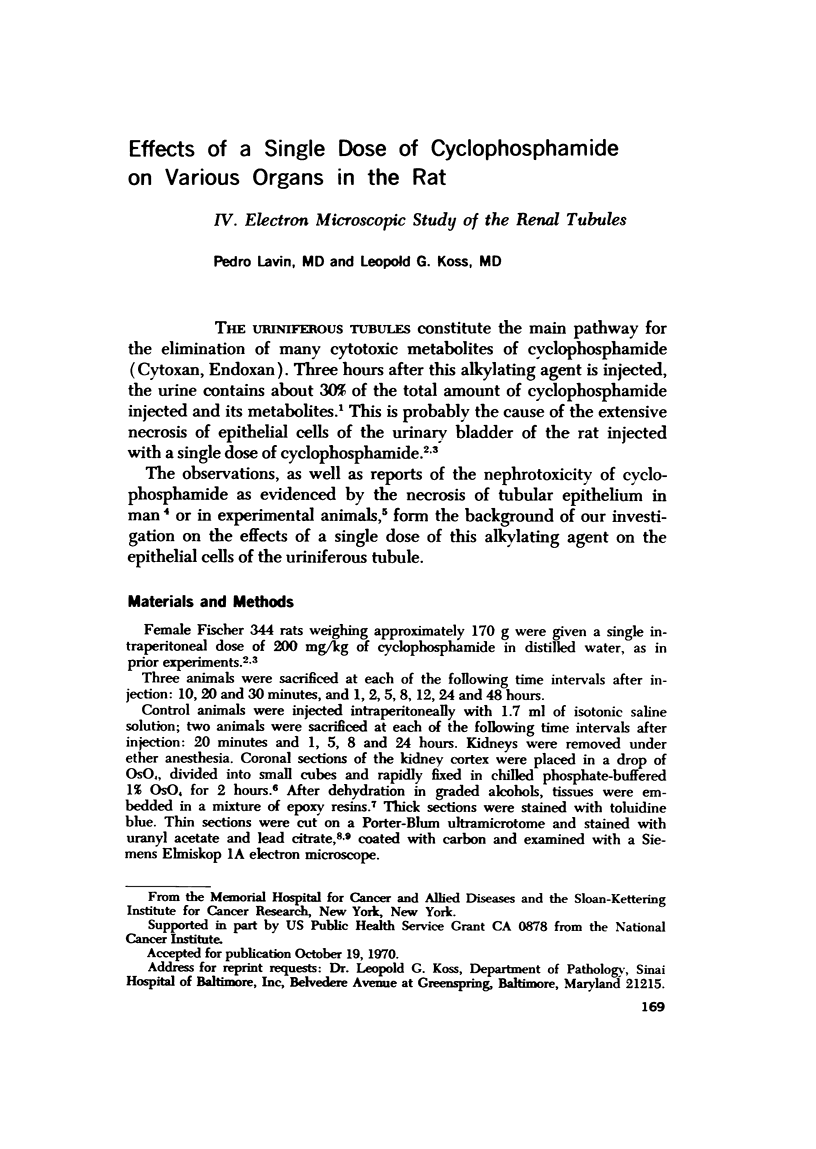
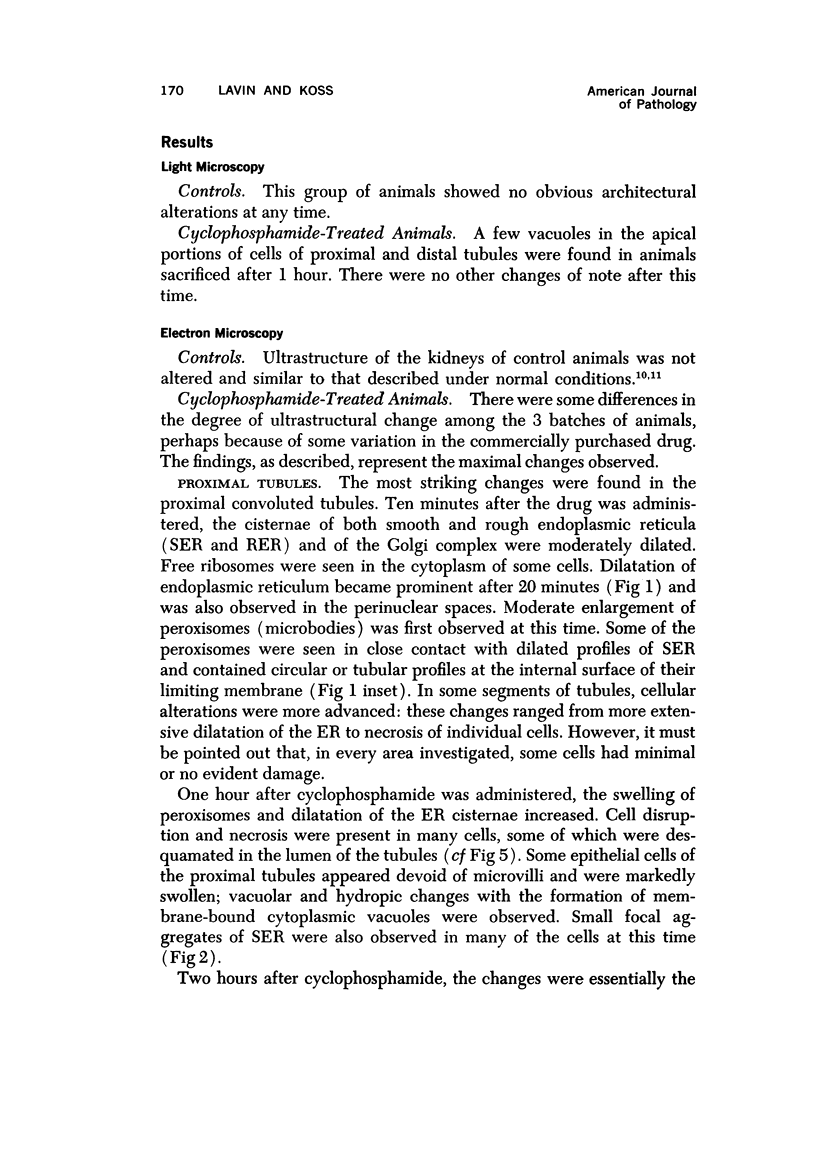
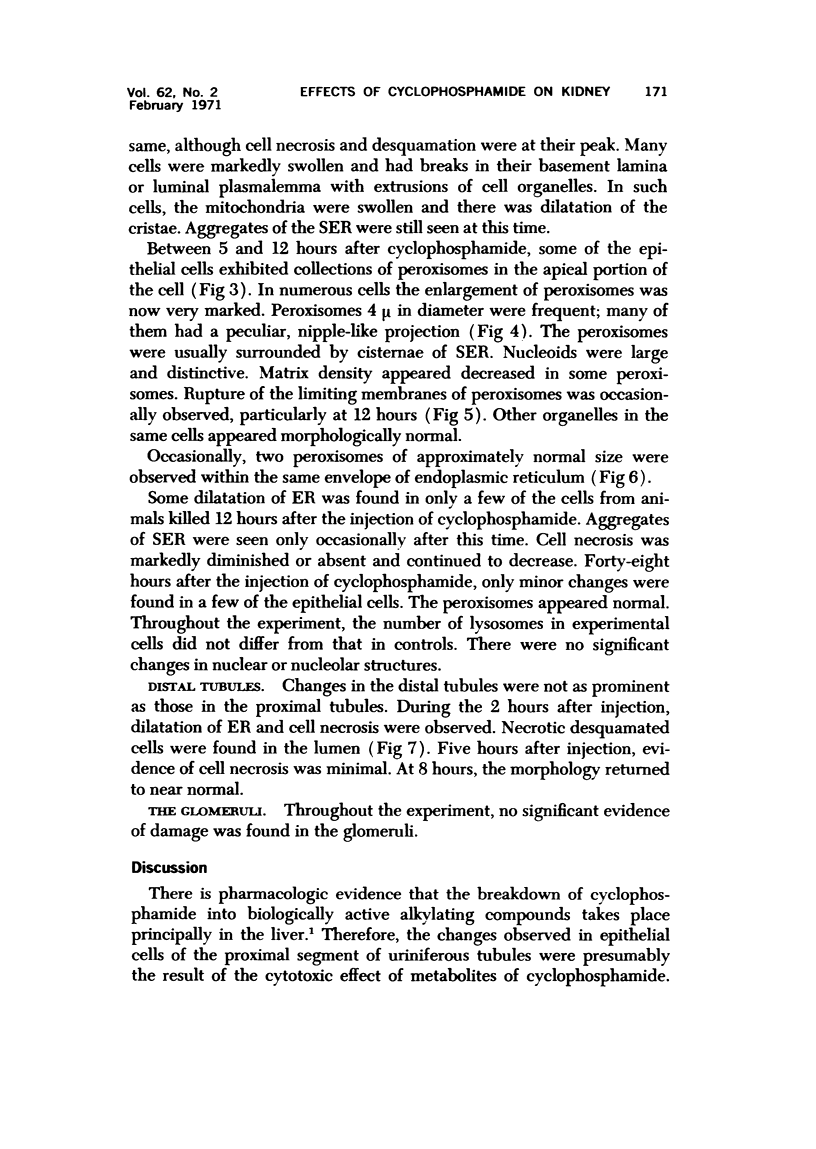
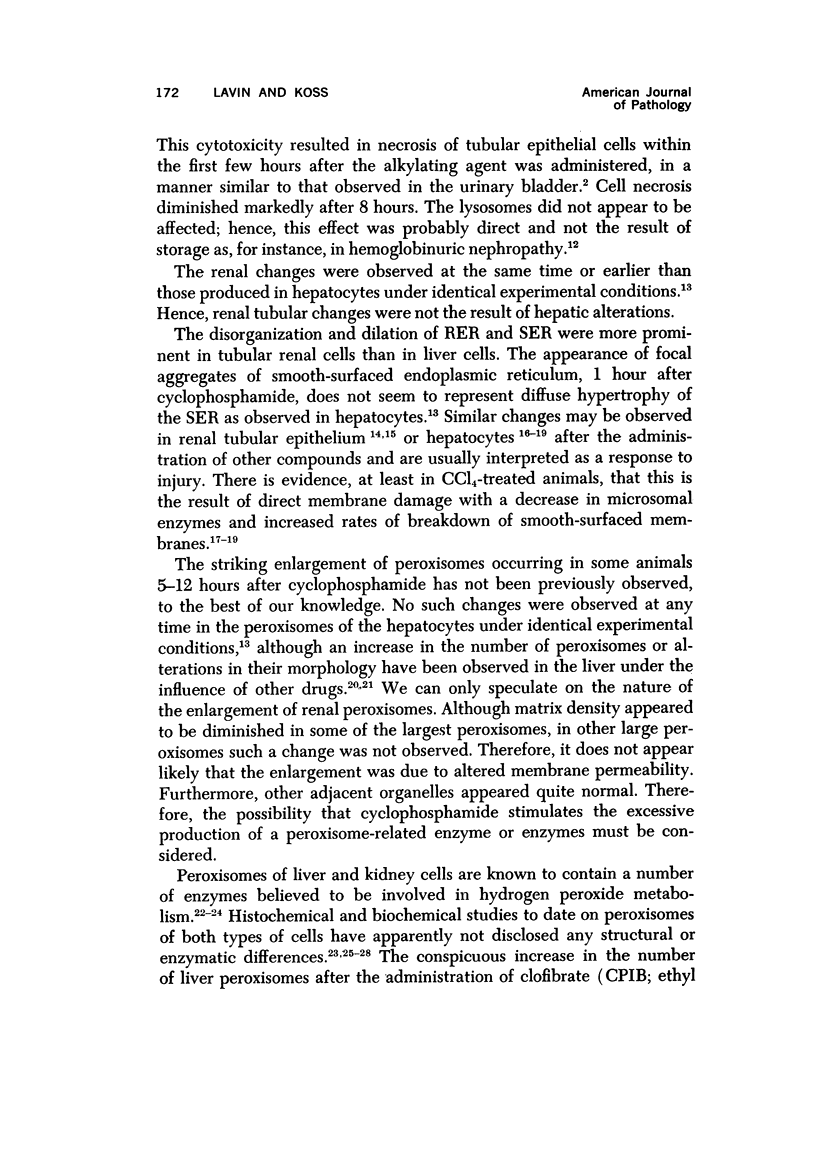
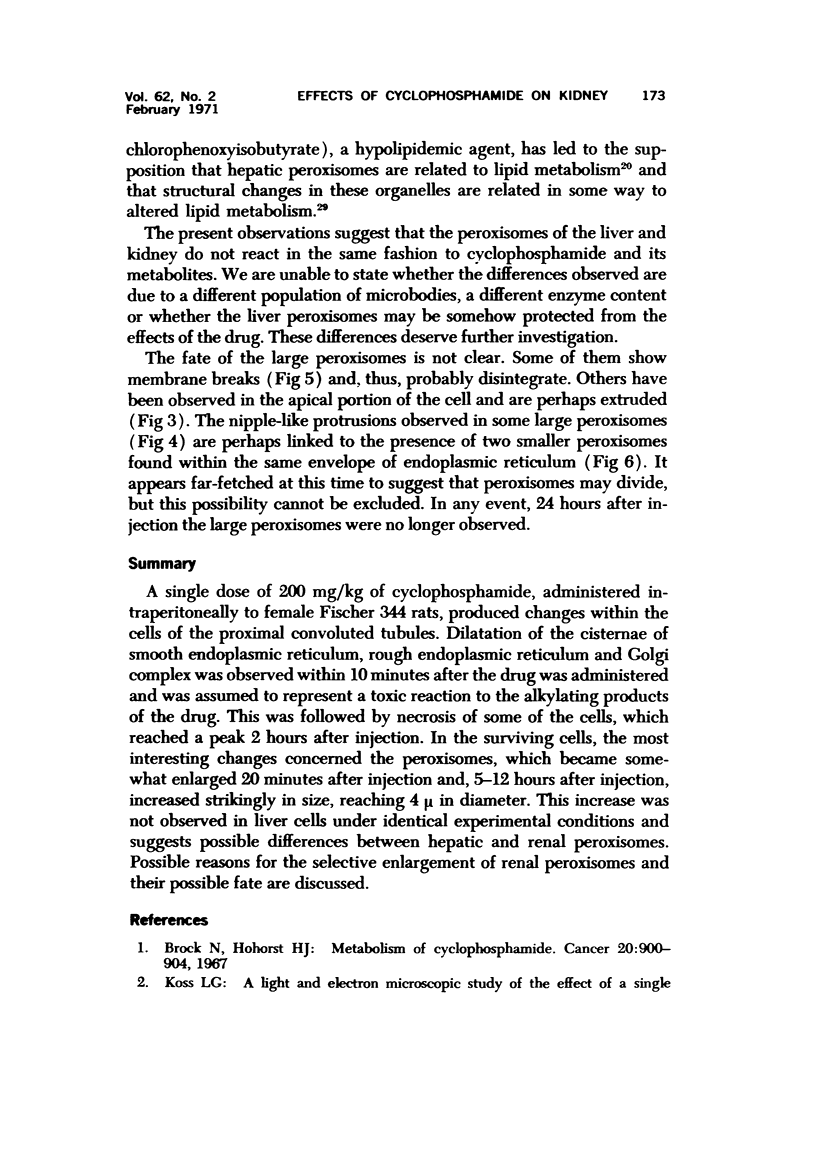
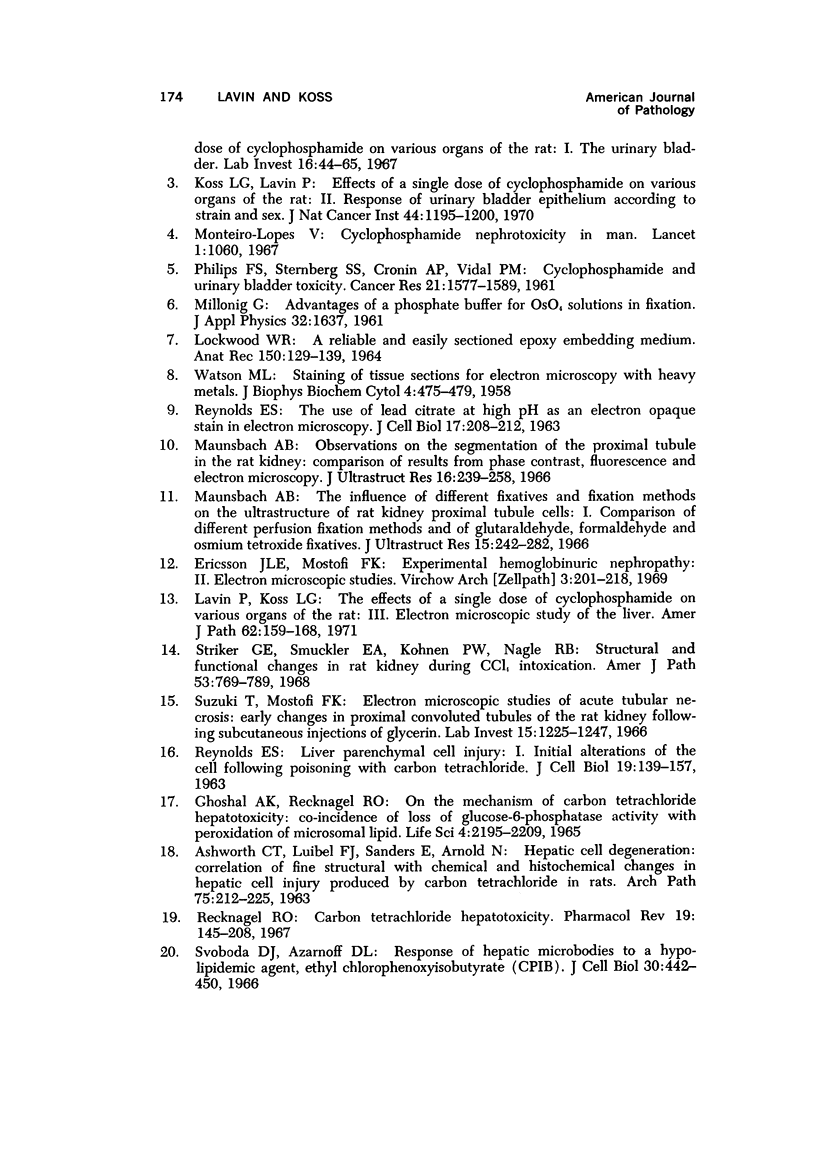
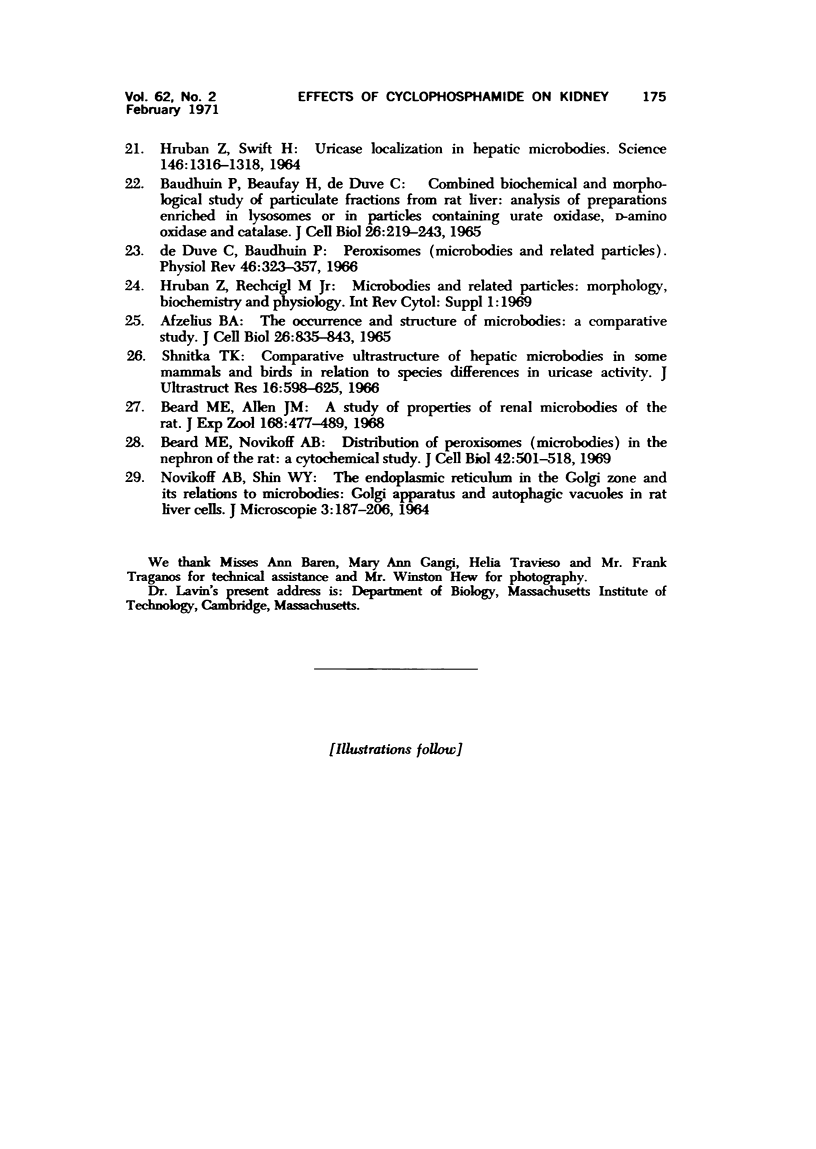
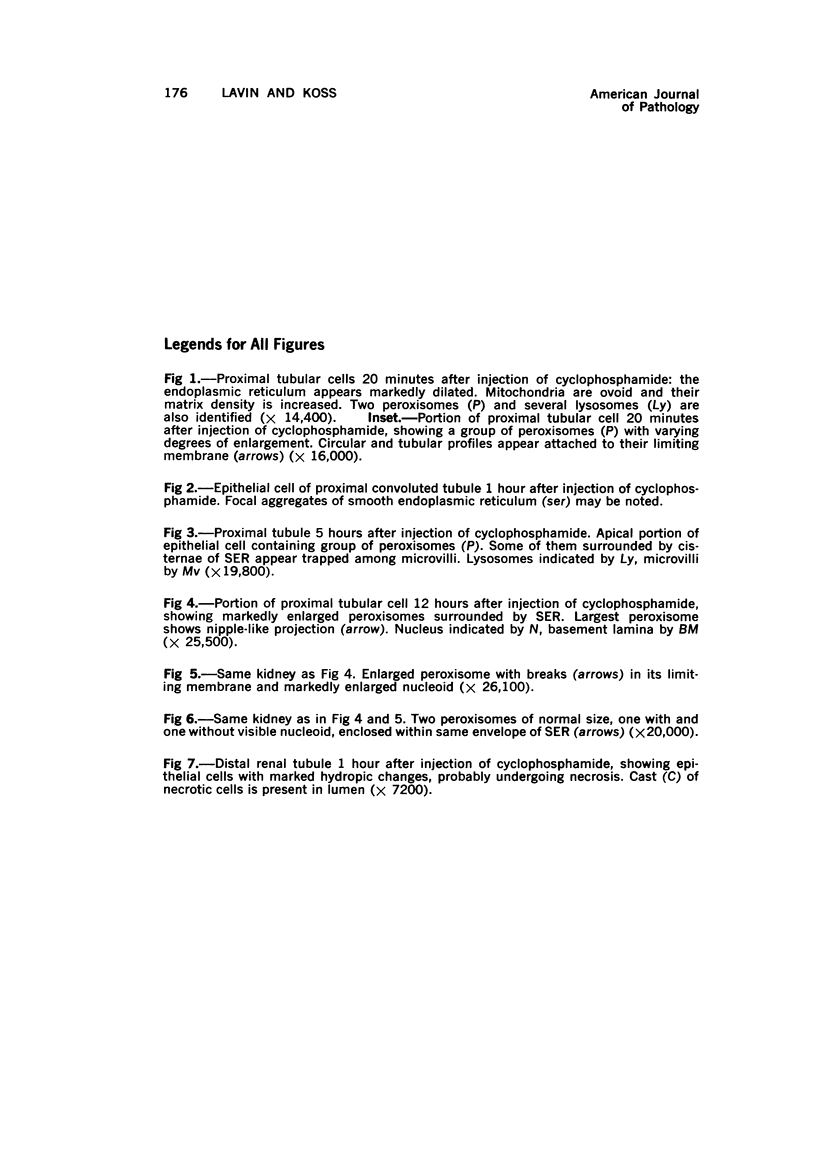
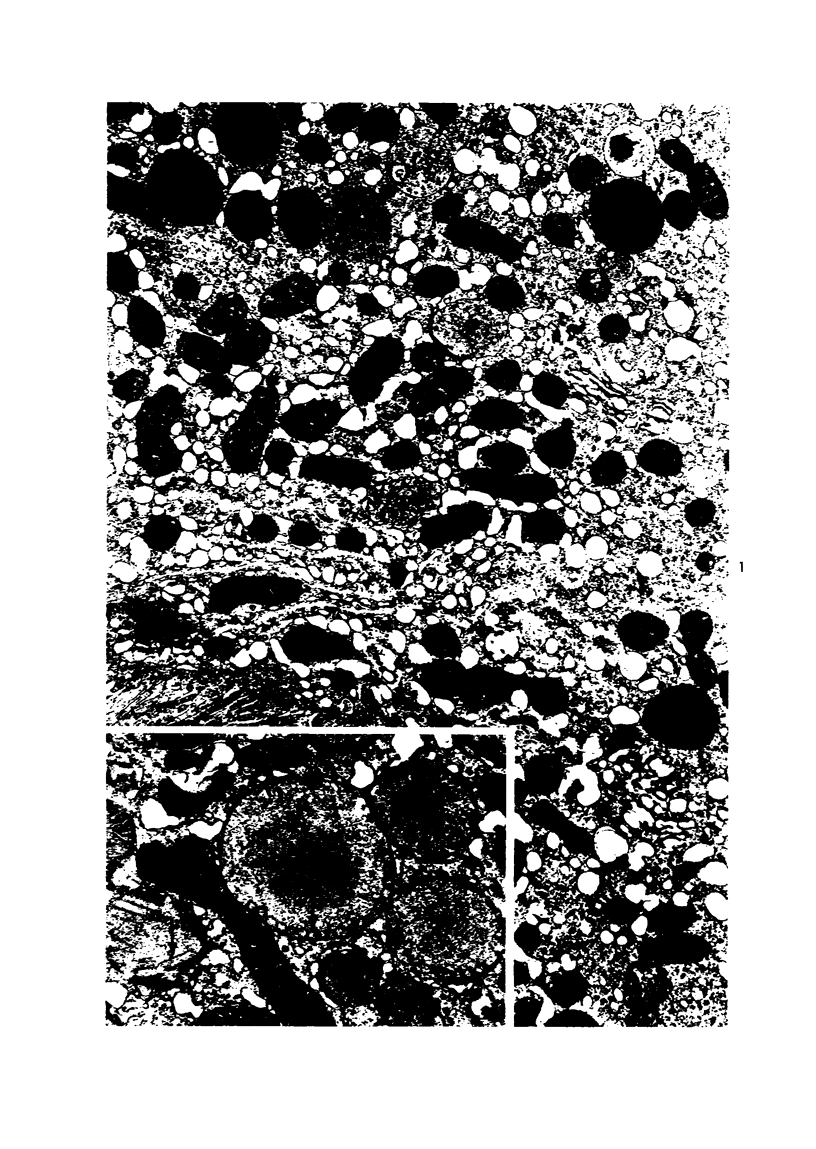
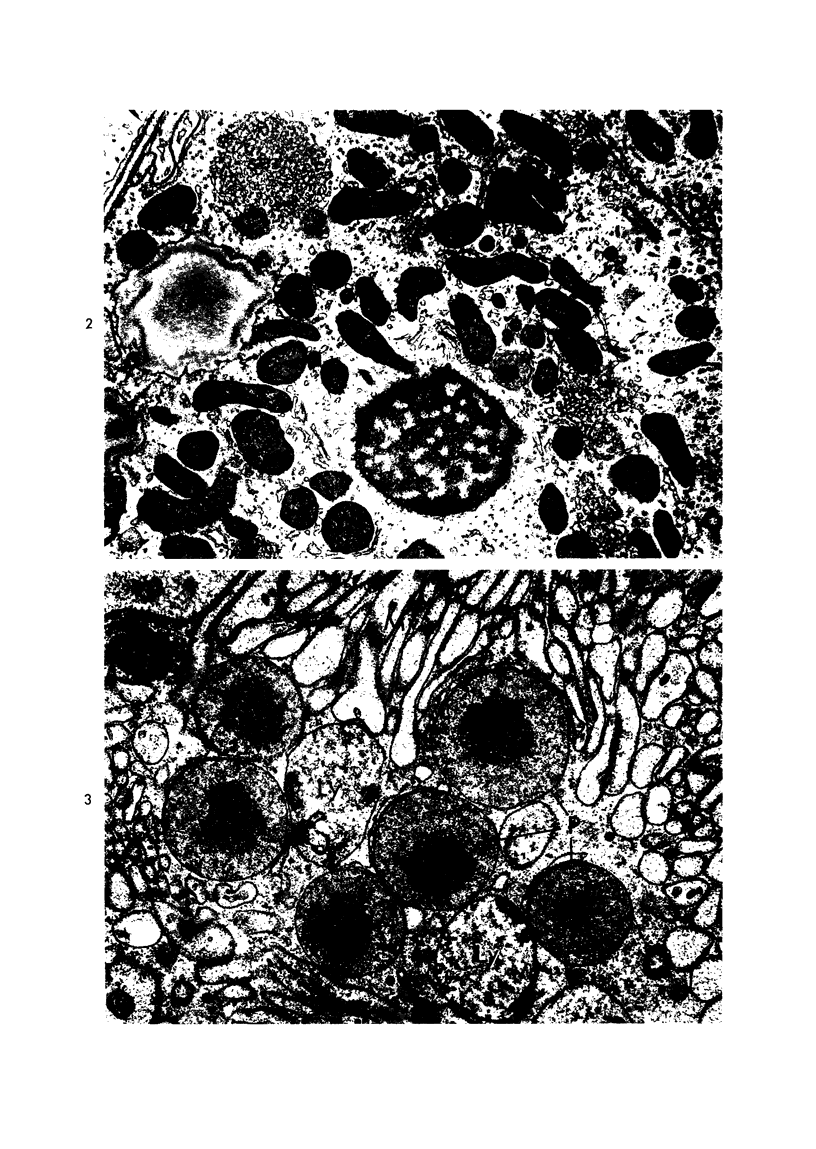
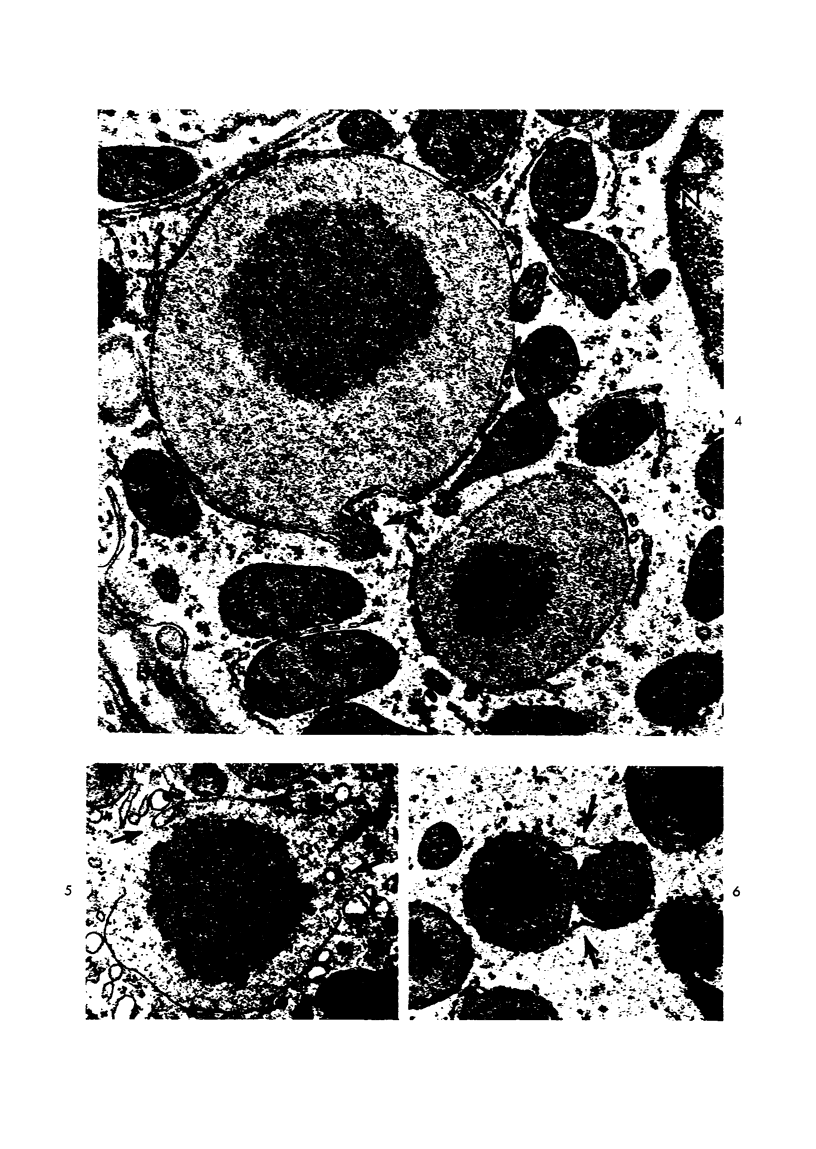
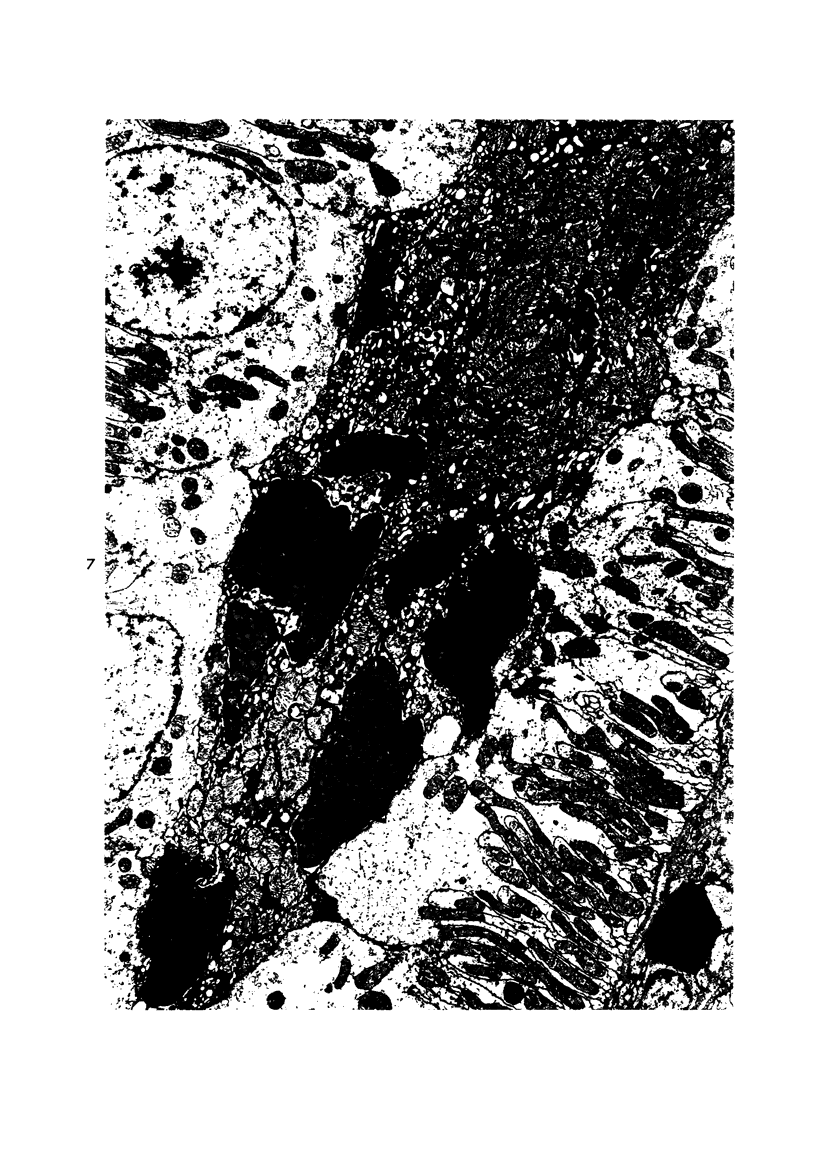
Images in this article
Selected References
These references are in PubMed. This may not be the complete list of references from this article.
- ASHWORTH C. T., LUIBEL F. J., SANDERS E., ARNOLD N. Hepatic cell degeneration. Correlation of fine structural with chemical and histochemical changes in hepatic cell injury produced by carbon tetrachloride in rats. Arch Pathol. 1963 Feb;75:212–225. [PubMed] [Google Scholar]
- Baudhuin P., Beaufay H., De Duve C. Combined biochemical and morphological study of particulate fractions from rat liver. Analysis of preparations enriched in lysosomes or in particles containing urate oxidase, D-amino acid oxidase, and catalase. J Cell Biol. 1965 Jul;26(1):219–243. doi: 10.1083/jcb.26.1.219. [DOI] [PMC free article] [PubMed] [Google Scholar]
- Beard M. E., Allen J. M. A study of properties of renal microbodies of the rat. J Exp Zool. 1968 Aug;168(4):477–489. doi: 10.1002/jez.1401680408. [DOI] [PubMed] [Google Scholar]
- Beard M. E., Novikoff A. B. Distribution of peroxisomes (microbodies) in the nephron of the rat: a cytochemical study. J Cell Biol. 1969 Aug;42(2):501–518. doi: 10.1083/jcb.42.2.501. [DOI] [PMC free article] [PubMed] [Google Scholar]
- Brock N., Hohorst H. J. Metabolism of cyclophosphamide. Cancer. 1967 May;20(5):900–904. doi: 10.1002/1097-0142(1967)20:5<900::aid-cncr2820200552>3.0.co;2-y. [DOI] [PubMed] [Google Scholar]
- De Duve C., Baudhuin P. Peroxisomes (microbodies and related particles). Physiol Rev. 1966 Apr;46(2):323–357. doi: 10.1152/physrev.1966.46.2.323. [DOI] [PubMed] [Google Scholar]
- Ericsson J. L., Mostofi F. K. Experimental hemoglobinuric nephropathy. II. Electron microscopic studies. Virchows Arch B Cell Pathol. 1969;3(2):201–218. doi: 10.1007/BF02901935. [DOI] [PubMed] [Google Scholar]
- HRUBAN Z., SWIFT H. URICASE: LOCALIZATION IN HEPATIC MICROBODIES. Science. 1964 Dec 4;146(3649):1316–1318. doi: 10.1126/science.146.3649.1316. [DOI] [PubMed] [Google Scholar]
- Koss L. G. A light and electron microscopic study of the effects of a single dose of cyclophosphamide on various organs in the rat. I. The urinary bladder. Lab Invest. 1967 Jan;16(1):44–65. [PubMed] [Google Scholar]
- Koss L. G., Lavin P. Effects of a single dose of cyclophosphamide on various organs in the rat. II. Response of urinary bladder epithelium according to strain and sex. J Natl Cancer Inst. 1970 May;44(5):1195–1200. [PubMed] [Google Scholar]
- LOCKWOOD W. R. A RELIABLE AND EASILY SECTIONED EPOXY EMBEDDING MEDIUM. Anat Rec. 1964 Oct;150:129–139. doi: 10.1002/ar.1091500204. [DOI] [PubMed] [Google Scholar]
- Lavin P., Koss L. G. Effects of a single dose of cyclophosphamide on various organs in the rat. 3. Electron microscopic study of the liver. Am J Pathol. 1971 Feb;62(2):159–168. [PMC free article] [PubMed] [Google Scholar]
- Maunsbach A. B. Observations on the segmentation of the proximal tubule in the rat kidney. Comparison of results from phase contrast, fluorescence and electron microscopy. J Ultrastruct Res. 1966 Oct;16(3):239–258. doi: 10.1016/s0022-5320(66)80060-6. [DOI] [PubMed] [Google Scholar]
- Maunsbach A. B. The influence of different fixatives and fixation methods on the ultrastructure of rat kidney proximal tubule cells. I. Comparison of different perfusion fixation methods and of glutaraldehyde, formaldehyde and osmium tetroxide fixatives. J Ultrastruct Res. 1966 Jun;15(3):242–282. doi: 10.1016/s0022-5320(66)80109-0. [DOI] [PubMed] [Google Scholar]
- PHILIPS F. S., STERNBERG S. S., CRONIN A. P., VIDAL P. M. Cyclophosphamide and urinary bladder toxicity. Cancer Res. 1961 Dec;21:1577–1589. [PubMed] [Google Scholar]
- REYNOLDS E. S. LIVER PARENCHYMAL CELL INJURY. I. INITIAL ALTERATIONS OF THE CELL FOLLOWING POISONING WITH CARBON TETRACHLORIDE. J Cell Biol. 1963 Oct;19:139–157. doi: 10.1083/jcb.19.1.139. [DOI] [PMC free article] [PubMed] [Google Scholar]
- REYNOLDS E. S. The use of lead citrate at high pH as an electron-opaque stain in electron microscopy. J Cell Biol. 1963 Apr;17:208–212. doi: 10.1083/jcb.17.1.208. [DOI] [PMC free article] [PubMed] [Google Scholar]
- Recknagel R. O. Carbon tetrachloride hepatotoxicity. Pharmacol Rev. 1967 Jun;19(2):145–208. [PubMed] [Google Scholar]
- Shnitka T. K. Comparative ultrastructure of hepatic microbodies in some mammals and birds in relation to species differences in uricase activity. J Ultrastruct Res. 1966 Dec;16(5):598–625. doi: 10.1016/s0022-5320(66)80009-6. [DOI] [PubMed] [Google Scholar]
- Striker G. E., Smuckler E. A., Kohnen P. W., Nagle R. B. Structural and functional changes in rat kidney during CCl4 intoxication. Am J Pathol. 1968 Nov;53(5):769–789. [PMC free article] [PubMed] [Google Scholar]
- Suzuki T., Mostofi F. K. Electron microscopic studies of acute tubular necrosis. Early changes in proximal convoluted tubules of the rat kidney following subcutaneous injection of glycerin. Lab Invest. 1966 Jul;15(7):1225–1247. [PubMed] [Google Scholar]
- Svoboda D. J., Azarnoff D. L. Response of hepatic microbodies to a hypolipidemic agent, ethyl chlorophenoxyisobutyrate (CPIB). J Cell Biol. 1966 Aug;30(2):442–450. doi: 10.1083/jcb.30.2.442. [DOI] [PMC free article] [PubMed] [Google Scholar]
- WATSON M. L. Staining of tissue sections for electron microscopy with heavy metals. J Biophys Biochem Cytol. 1958 Jul 25;4(4):475–478. doi: 10.1083/jcb.4.4.475. [DOI] [PMC free article] [PubMed] [Google Scholar]





